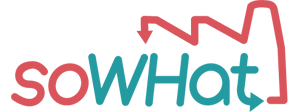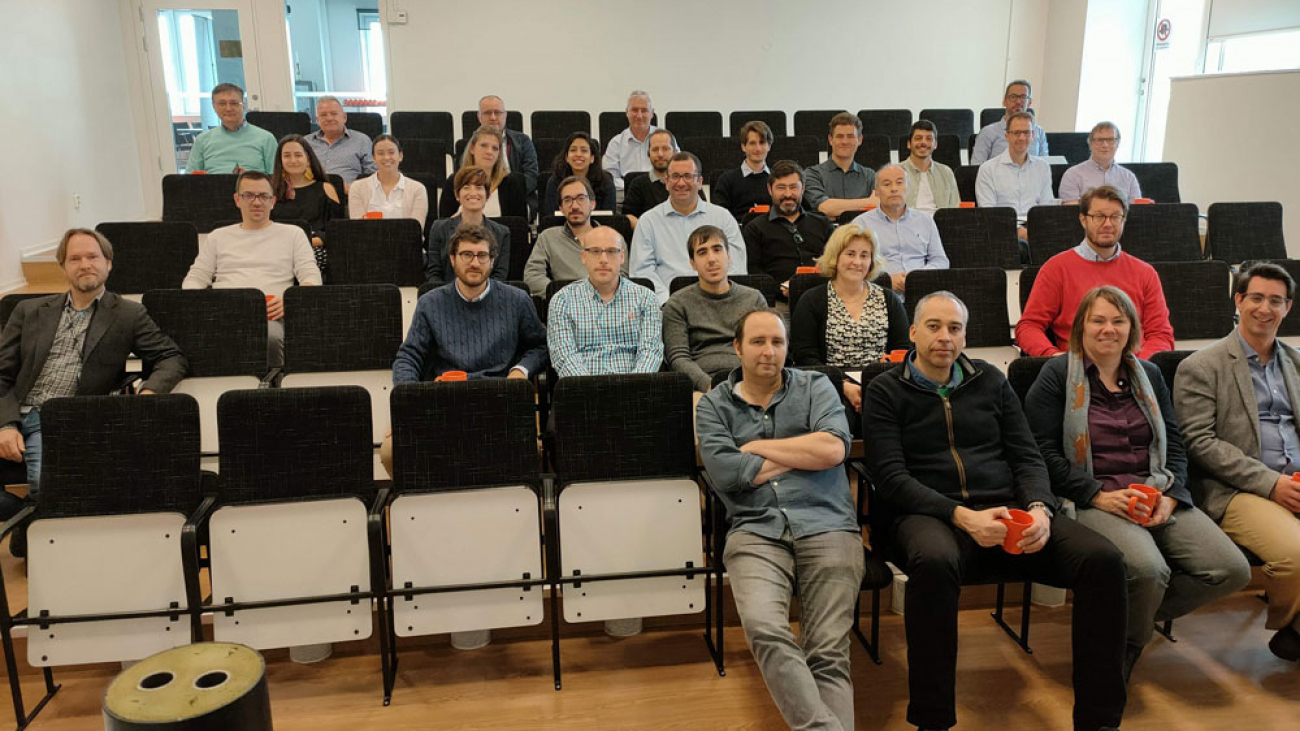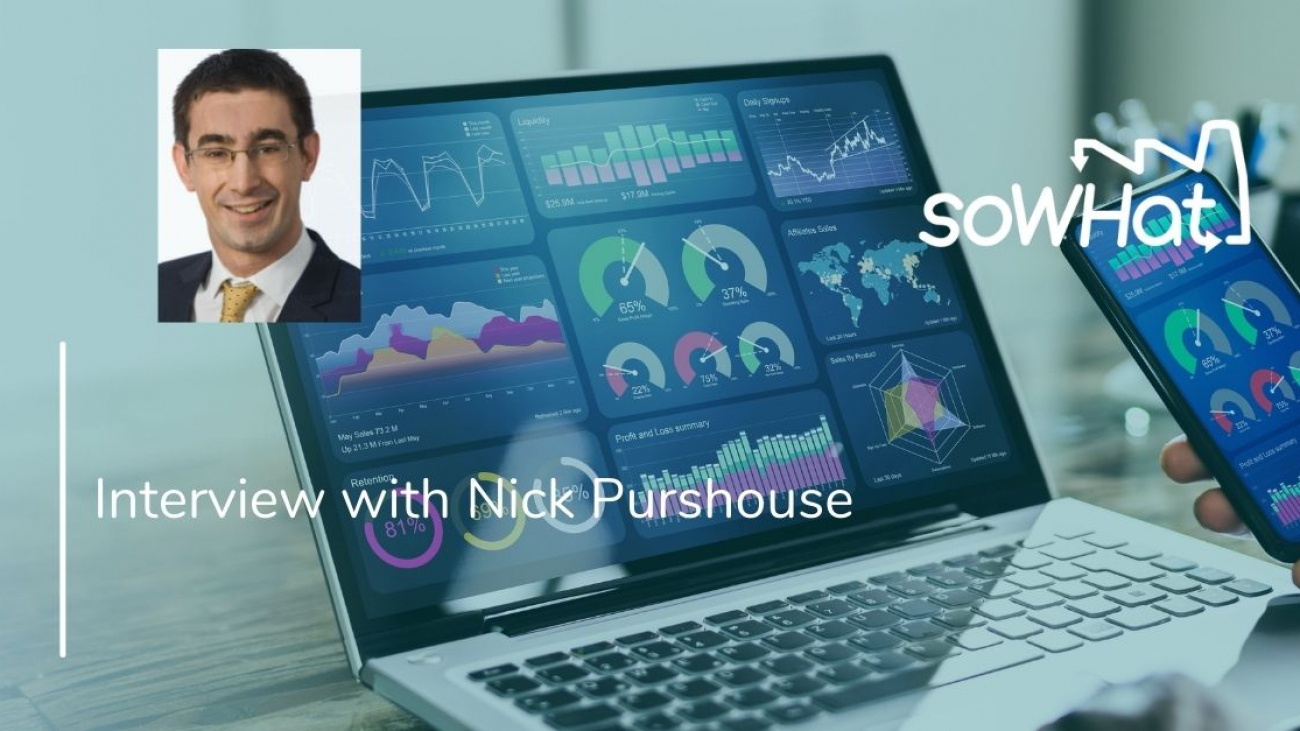Interview with Nick Purshouse, Project Manager at IESVE
What is the objective behind the development of the SO WHAT tool?
SO WHAT’s main objective is to develop an integrated software which will support industries and energy utilities to understand their potential waste heat/cooling, and to simulate recovery technologies to enable users to realise ways to get value from this.
Likewise, SO WHAT tool will allow different organisations to understand the potential technologies that could be used to capture and reuse their waste heat or cooling, by also showing which of these technologies could be cost-effectively implemented, and the most appropriate business models to use.
The software will be available in a free online version, aimed at allowing users to get quick understanding and guidance, and a desktop-based commercial version, which will give users a more detailed and complex analysis of the potential for waste heat and cooling recovery at their sites. It will be aimed at both industrial sites and local communities and validated across the eleven demo sites in the project.
What is the status until now?
The project began in June 2019 and has undergone a year of research into waste heat and cooling recovery and reuse technologies at both an industrial and community scale and research into business models and contractual arrangements were carried out.
Moreover, the SO WHAT tool was developed by enhancing IES’ suite of Intelligent Community Lifecycle (ICL) for use with industry and for the simulation of waste heat and cooling technologies at both industry and community levels.
The project is currently in the testing and validating phase of the software and right after it will go through replication, lessons learnt and exploitation exercises before the project come to an end.
Which state-of-the-art technology will it provide to the market and what are its advantages?
SO-WHAT will develop first-of-a-kind simulation software that will:
- Model an industrial facility and identify potential concerning waste heat, cool (H/C) and surplus Renewable Energy Systems.
- Model the community and its assets to understand the demand profile of the community, which can utilise the waste H/C and RES
- Identify the delivery mechanism(s) for how waste H/C and surplus RES can be provided to the Community and/or other industries and the technical, commercial, legal, and financial incentives for doing so.
We can summarise the benefits of the tool as:
- Accurate prediction and holistic modelling of industrial waste heat/cold and/or surplus renewable energy from industrial or other sources from different geographical and market settings.
- Innovative, sound business models for new stakeholders also allow small industries to start selling their WH/C via new energy services companies (ESCOs) and business models. Valorisation in assessments of cost-benefit of industrial waste heat/cold and/or surplus renewable energy from industrial and eventually other sources .


